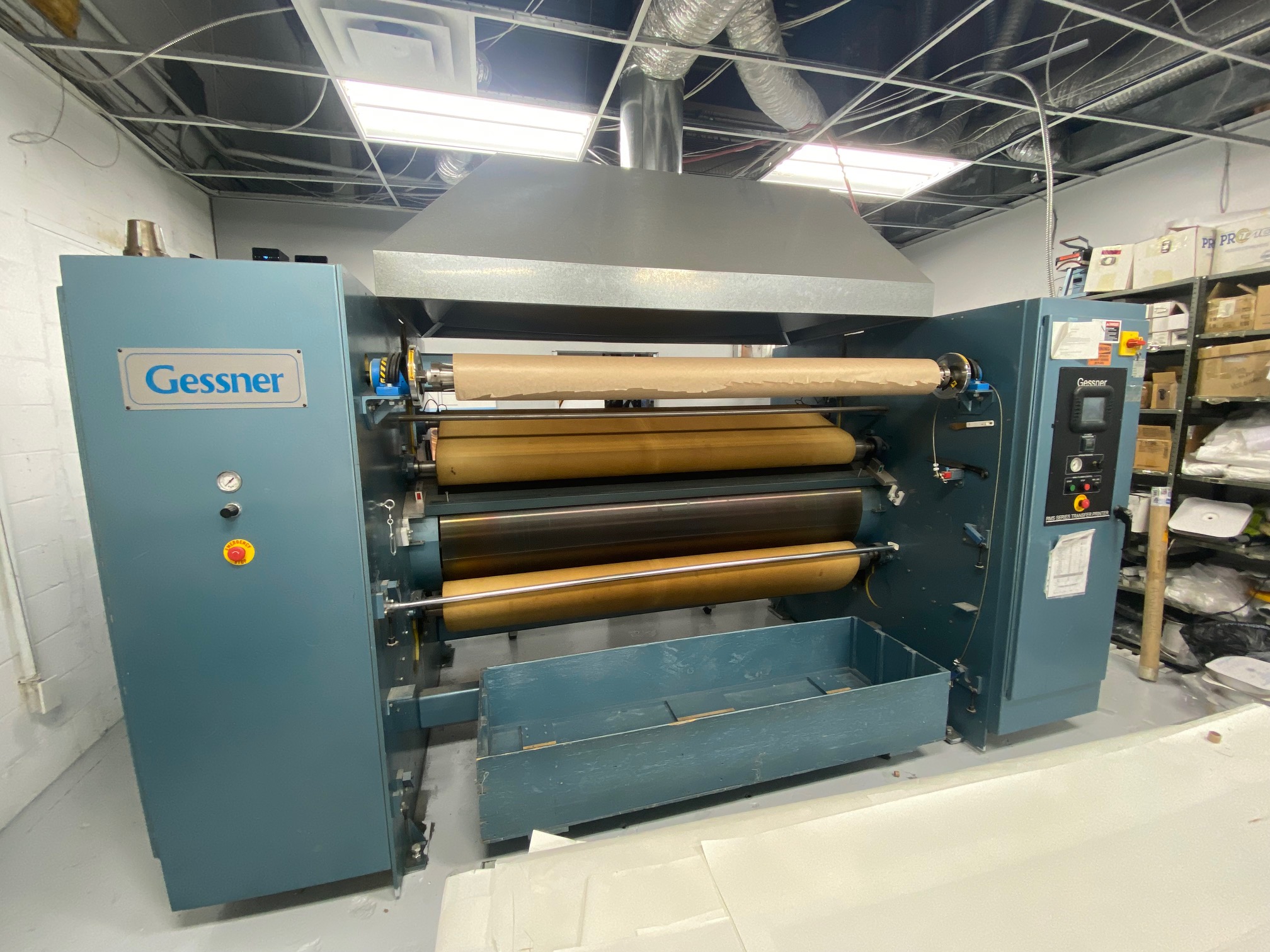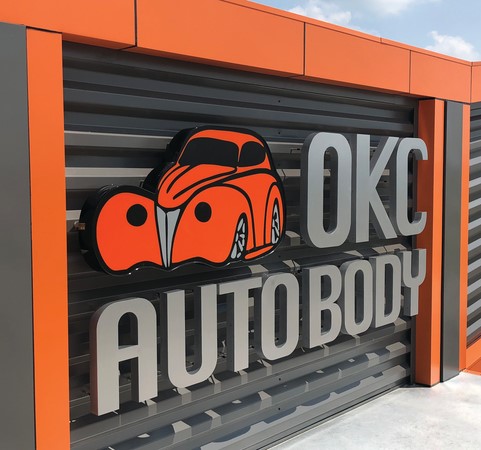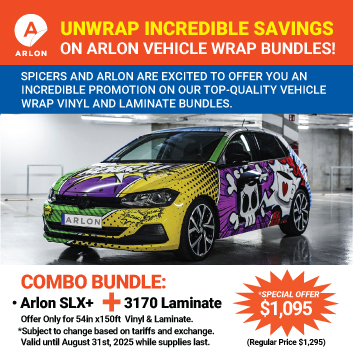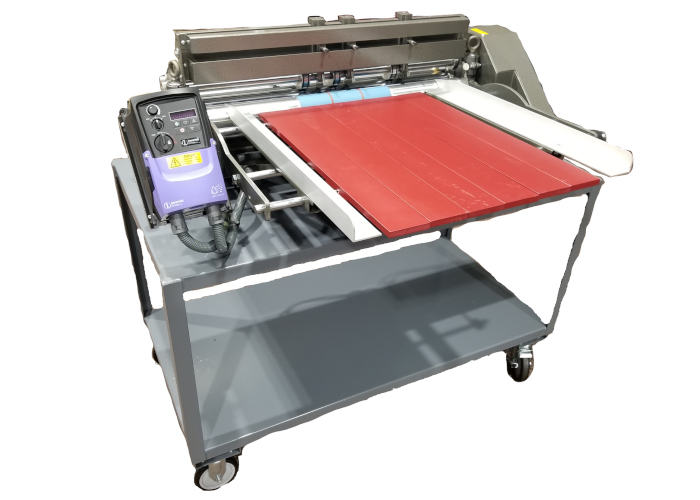Understanding and installing environmental graphics
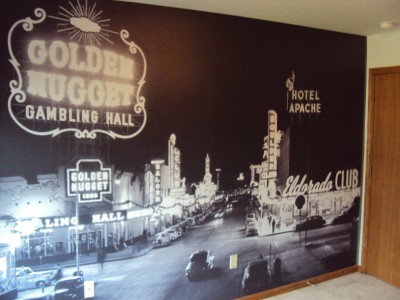
These interior wall graphics can add artistic flair to hotels, homes and offices or serve marketing purposes in retail settings. Installers may need to take additional precautions when applying this type of media to more difficult surfaces, such as drywall and previously wallpapered surfaces, to ensure they can avoid a reinstallation later.
Exterior/reinforced wall graphics
Exterior and reinforced walls can be more challenging, requiring wrapping films that are specially formulated for application onto coarse brick or cinderblock surfaces. These textured-wall installations would not be possible with traditional graphic materials.
The highly conformable polyvinyl chloride (PVC) materials engineered for these exterior applications are also formulated for added resilience under exposure to the elements. Even then, their adhesives require careful application and lamination to preserve them and ensure they will last.
Window graphics
Environmental graphics are also widely applied to windows to augment décor, ensure privacy and/or convey a marketing message to passersby. A number of window film types are available, offering different esthetics and levels of transparency, ranging from a translucent-frosted or dusted-matte finish to a clear-gloss finish.
It can be difficult to install graphics on a window without trapping air bubbles beneath the film, which may cause wrinkling. A wet application method will help when working with traditional window films, but another mess-free option is to use special ‘bubble-free’ media, which are available in a variety of finishes. These films can be applied dry because they carry a smooth and omnidirectional ‘air egress’ adhesive, which allows the air to escape, rather than become trapped.
Graphic installation professionals will need to learn the differences between various window film adhesives and the best installation techniques for each product.
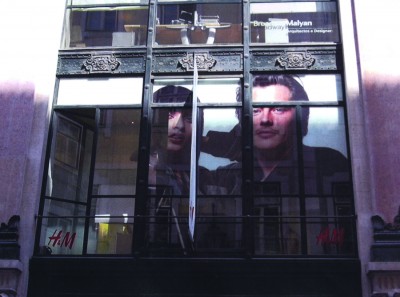
Floor and sidewalk graphics
Some of the more novel uses of digitally printed graphics in recent years have been applications at ground level. Gloss- and matte-finish calendered films are available for installation on floors, sidewalks, asphalt, concrete and even carpeting.
A complete floor graphic system includes performance-matched base films and overlaminates, ensuring the graphics will withstand foot traffic and be safe to walk upon. There are special surface and friction considerations with floor and sidewalk graphics, so it is important to understand the roles of both films and overlaminates and to ensure the proper American Society for Testing and Materials (ASTM) tests are performed to confirm quality.
Case Study: The Printing Services
When vitamin producer Organika wanted a large vinyl ad and Your Vitamin Store (YVS) sought to spruce up its window display, The Printing Services in Richmond, B.C., turned to bubble-free window film to meet both needs with reverse-printed graphics. The company paired the material with a white gloss vinyl backing, both to protect it and to provide a crisp backdrop for the colourful images.
“For this project, we had to divide the graphic into two pieces and then match them up flawlessly, which was the biggest challenge,” says Gilbert Yu, business consultant. “It took two of us three hours to install the graphic dry. After the job was done, the sign caught the attention of a lot of shoppers walking by YVS, because it was the only large window graphic in the mall. Our clients were very impressed with the results.”

